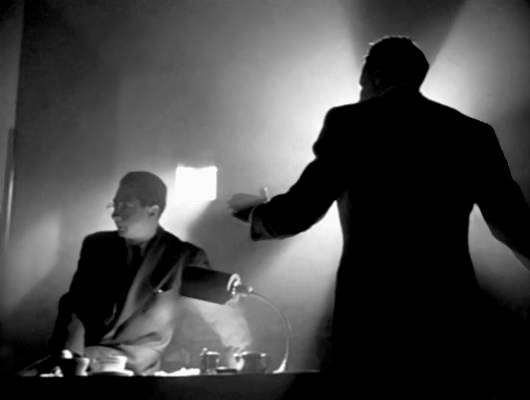Shadows

Shadows are used alot in psychological thrillers and they link to low key lighting, they can also depict a sense of mystery, danger, and sometimes they can foreshadow close events. When shadows are used in a film with this genre, they can expect to get anxious, intimidated and scared of the events which may unfold in the story when shadows are used. The audience will try to anticipate what will happen next and this is what will make them sit on the edge of their seats drawn in and fully immersed to the world on screen.
Low Key Lighting

Again linking with shadows, low key lighting is used in physiological thrillers to depict a sense of danger, uncertainty, and mystery. This all makes the audience feel unsettled and disturbed when this is used. Alot of films can use low key lighting where it only shows half of the light on to something, this is usually a characters body or face. This is used not only to scare and unsettle, but to show the split in the characters personalty and attitude, which in some cases can be dangerous and result in violence. This is a visual metaphor that there is more to the character than meets the eye, and infarct there is more depth to that character, than perceived by his appearance.
Weapons

Weapons have strong iconography towards physiological thrillers. Yes, action films seem to have the most iconography towards weapons, but a lot of people associate weapons to be in some physiological thrillers. It is an aspect as well as they symbolise danger and have connotations to death and injury. Weapons such as knifes are heavily associated to physiological thriller films because of example films like "Psycho" where they had Alfred Hitchcock`s famous shower scene. When a weapon is seen, it will symbolise that somebody will get killed or the wielder has bad intentions and it allows the seriousness of the situation to be understood by the audience.
Mirrors
 Mirrors are often used in thrillers to symbolise the duality of the character, or the deeper meaning to their motives. It shows their emoticons and feelings deep inside. We can see from this symbolism that there is more to the character mentally which is shown, allowing for mystery to surround that character along with the suspense of the audience wanting to find out whatever it is.
Mirrors are often used in thrillers to symbolise the duality of the character, or the deeper meaning to their motives. It shows their emoticons and feelings deep inside. We can see from this symbolism that there is more to the character mentally which is shown, allowing for mystery to surround that character along with the suspense of the audience wanting to find out whatever it is.Confined spaces/claustrophobia
 In psychological thrillers a lot of films use confined spaces to scare the audience and also to give the idea of insecurity to the audience, which should make them very uncomfortable and uneasy when watching the film.
In psychological thrillers a lot of films use confined spaces to scare the audience and also to give the idea of insecurity to the audience, which should make them very uncomfortable and uneasy when watching the film. 





